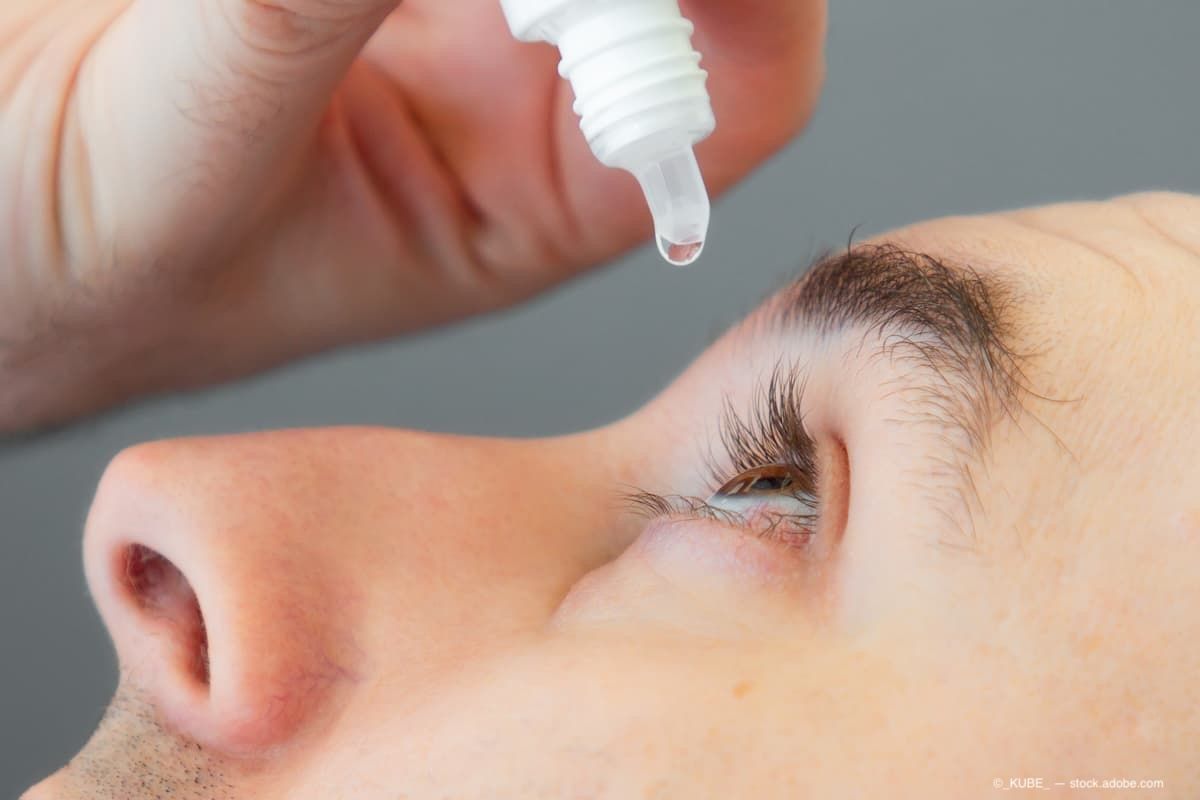Opinion
Video
Final Pearls on Managing Dry Eye Patients With Comorbidities
Author(s):
Ophthalmologists end their discussion on the management of dry eye disease with other ocular comorbidities highlighting key takeaways and prospective advances in care and outcomes.
Transcript
Marguerite McDonald, MD, FACS: What final insights or essential takeaways should we share with our fellow clinicians who may come across cases of dry eye while treating other ocular conditions? Any final pearls?
Karl Stonecipher, MD: I’ve got one pearl that everyone thinks I’m crazy for: I give patients and doctors my cell phone [number]. I think communication is a big key. You’d be surprised at how many people don’t abuse it. If I can’t answer the phone, I text them. I do 60 [to] 70 refractive or cataract cases a week. I see a lot of patients as well each week and I travel a lot, speaking. If you can open the chain of communication with a [patient], 9 times of 10, a patient is not obnoxious. Nine times of 10, they’re scared or they’re frustrated. Or they owe you money. I hate to say that, but that’s probably true. Marguerite, I’m 100% like you…. I get a lot of family doctors and internists [who] have [patients with] thyroid eye disease or Sjögren [syndrome], like you were talking about, Peter. And now we’ve got Tepezza and other things we can offer them. We got Oxervate that we’re using more and more. But at the same time, we don’t want to ostracize that referring doctor. Many times, they want the patient back [but] sometimes they don’t.
I’ll just pick up the phone, because I get these [faxed] notes every day that have a plethora of information that’s just basically copied and pasted for lack of a better term. You try to find the one little snippet where the doctor is trying to say [what the problem is and what [they’ve] done that hasn’t worked. Sometimes you just have to pick up the phone. That’s my biggest pearl to a patient or referring physician.
And then for us—I’m kind of overselling it, [and] I apologize—but [AI] has worked. It’s an available platform that you can access. I think things that are underutilized, like the OSDR [and] the [Standard Patient Evaluation of Eye Dryness] Questionnaire—I use that in my clinic on a daily basis. If a patient comes in and they got a score of 70 [and]they come back in [with a score of] 80, I know whatever I did didn’t work. But [if] they got a score of 12, I can look at them say, “You got better.”. I don’t tell them about lissamine green stain or tear breakup times. I’m going to say, “I think we’re headed in the right direction with this treatment.” I use a lot of the subjective questionnaires to help me, too.
Marguerite McDonald, MD, FACS: We’ve actually used primitive AI for a long time in ophthalmology. When our visual fields are interpreted, when topography maps say, “keratoconus suspected,”—that’s AI, built on millions and millions and millions of exams. I’m all for AI. And what was the name of that [AI]?
Karl Stonecipher, MD: CSI Dry Eye. But your husband and I have worked with AI…since Dr Phil Buscemi, Steve Klyce, and I started working with those topography maps back in the late 90s. And we use that, whether that’s looking at surface irregularity index or a lot of different things. We just haven’t connected the dots as well as I think we could because now AI is such a sexy term. I think everybody’s using AI in more of a learning process. We see it on 60 minutes or whatever, but I think it’s going to change the way we diagnose and treat patients. I really do.
Marguerite McDonald, MD, FACS: Anything that increases speed and accuracy, we’re all for, right?
Karl Stonecipher, MD: Right.
Peter McDonnell, MD: Karl, I loved your very patient-centered approach where you described giving your cell phone number to patients and how few patients abuse that privilege. That’s been my experience as well. It’s funny that we’ve come full circle because, when I was a resident, people thought you were strange if you had interest in [patients with] dry eye. Most doctors didn’t want to take care of those patients; they wanted to do cataract surgery or deal with a “real” disease, like glaucoma. But that approach you described can be a great practice builder. Today, you see people who pretty much built their entire practice around dry eye, and those patients become so loyal to the doctor that when they do need cataract surgery eventually…they want that doctor to do the surgery for them. I couldn’t agree with you more, that patient-centered approach is the right one and the one I hope our young residents will absorb into their careers.
But the real bottom line [is] that you’re doing yourself [and the patient] a favor by making sure you recognize and treat these [patients with] dry eye before going into surgery. Because there’s nothing more frustrating than [when] you’ve done technically a beautiful phacoemulsification or a great Lasik surgery and then have patient be miserable postoperatively because of a bunch of ordinal staining…because they had dry eye and somehow it wasn’t appreciated. The points I’ve heard from the 2 of you who are both leaders in this field…are exactly the ones that not only lead to happier patients but [also] a busier and more successful practice.
Marguerite McDonald, MD, FACS: Well, I thank you, Peter and Karl, so much for your time. Onward and upward, science marches on. Who knows what we’ll be able to talk about next year? Thanks, again.
Karl Stonecipher, MD: Thank you.
Peter McDonnell, MD: Great to be with you. Thank you.
Transcript was AI-generated and edited for clarity.
Newsletter
Don’t miss out—get Ophthalmology Times updates on the latest clinical advancements and expert interviews, straight to your inbox.




